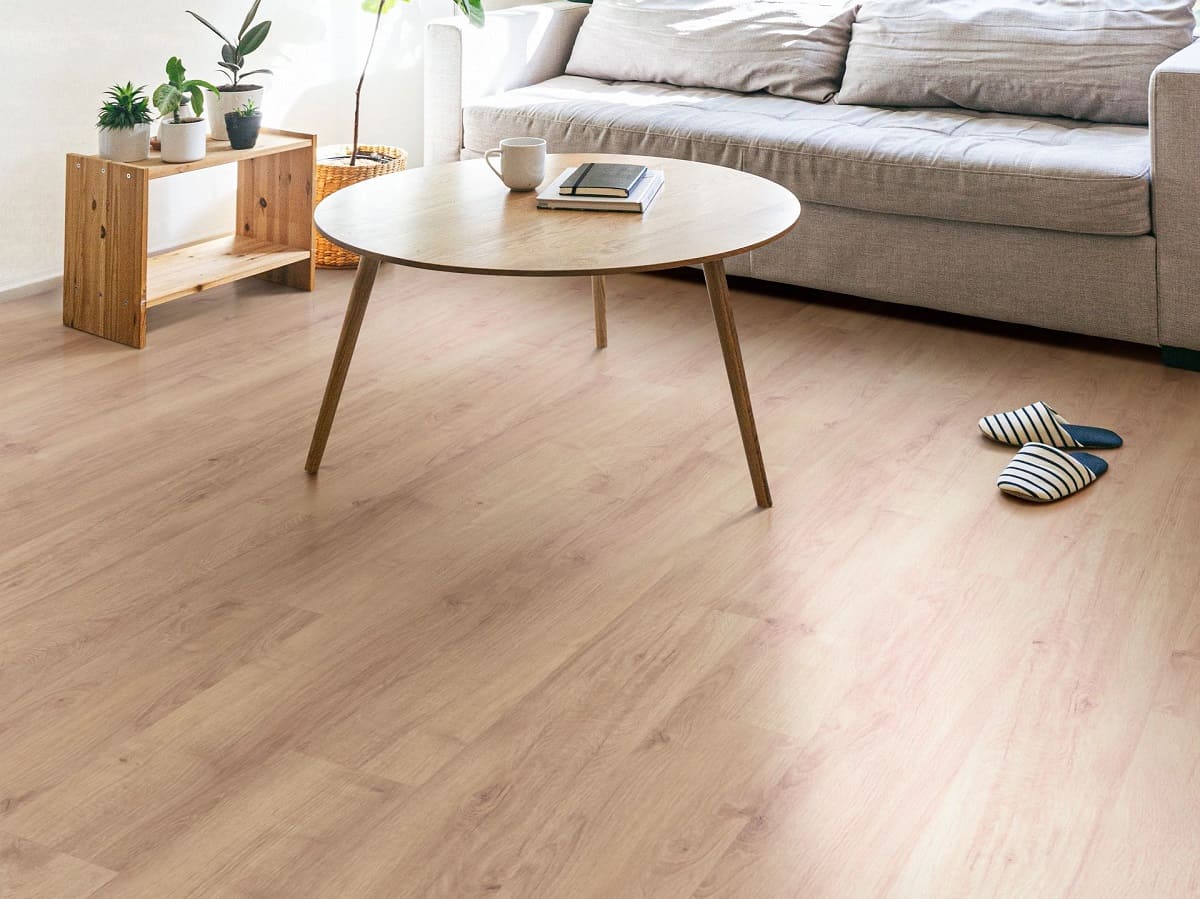

Articles
What Is A Laminate Floor
Modified: January 8, 2024
Looking for articles about laminate floors? Discover what a laminate floor is and how it can enhance your home's aesthetics and durability.
(Many of the links in this article redirect to a specific reviewed product. Your purchase of these products through affiliate links helps to generate commission for Storables.com, at no extra cost. Learn more)
Introduction
Laminate flooring has become increasingly popular in modern homes and offices due to its durability, affordability, and aesthetic appeal. Made from a combination of wood fibers and resin, laminate flooring offers the look of hardwood or stone but at a fraction of the cost. In this article, we will delve into the world of laminate flooring, exploring what it is, how it is made, its advantages and disadvantages, common uses, installation process, maintenance, and its environmental impact.
Whether you are considering renovating your home or sprucing up your office space, understanding the characteristics and benefits of laminate flooring can help you make an informed decision. So let’s dive in and discover the fascinating world of laminate flooring.
Key Takeaways:
- Laminate flooring offers an affordable, durable, and versatile alternative to hardwood or stone flooring, making it a popular choice for both residential and commercial spaces. Its multi-layered construction provides strength and resilience, while its wide range of design options allows for customizable interior decor.
- While laminate flooring provides numerous benefits such as easy maintenance and installation, it’s important to consider potential drawbacks like moisture sensitivity and limited repair options. By weighing these factors and understanding its environmental impact, individuals can make informed decisions when choosing laminate flooring for their spaces.
Read more: What To Use To Mop Laminate Floors
Definition of Laminate Flooring
Laminate flooring is a type of synthetic flooring that replicates the appearance of natural materials such as hardwood, stone, or tile. It is composed of several layers, each serving a specific purpose to create a durable and visually appealing floor covering.
The top layer of laminate flooring is a wear layer, which provides resistance to scratches, stains, and fading caused by sunlight. This layer is typically made of aluminum oxide or melamine resin, ensuring the longevity and durability of the flooring.
Beneath the wear layer is a printed design layer, which imitates the look of authentic materials such as wood grain or stone patterns. Advanced printing techniques are employed to achieve a realistic and high-definition appearance, allowing homeowners to enjoy the beauty of natural materials without the associated maintenance and cost.
The core layer of laminate flooring is usually made from high-density fiberboard (HDF) or particleboard, providing stability and strength to the flooring. This layer is engineered with precision to resist moisture, preventing warping or swelling that can occur with traditional hardwood flooring.
The bottom layer, also known as the backing layer, acts as a barrier against moisture and provides support for the entire flooring system. It is typically made of resin-impregnated paper or plastic, ensuring the stability and structural integrity of the laminate flooring.
In summary, laminate flooring combines multiple layers to create a versatile and economical flooring option that replicates the appearance of natural materials. Its construction offers durability, ease of installation, and a wide range of design options, making it a popular choice for homeowners and commercial spaces alike.
How Laminate Flooring is Made
Laminate flooring is manufactured through a multi-step process that involves the combination of various materials and advanced technology. Understanding the production process can help us appreciate the craftsmanship and quality that goes into each laminate flooring plank.
1. High-Density Fiberboard (HDF) Production: The first step in creating laminate flooring is the production of the core layer, which is typically made from high-density fiberboard (HDF) or particleboard. Wood fibers are mixed with resin and compressed under high pressure to create a dense and sturdy core material.
2. Laminate Layer Preparation: A sheet of decorative paper with the desired design, such as wood grain or stone patterns, is impregnated with melamine resin. This impregnated paper is then dried to remove any moisture and cut into individual sheets according to the desired plank size.
3. Layer Assembly: The layers of laminate flooring are assembled in a press. The bottom layer, made of resin-impregnated paper, is placed first, followed by the HDF core layer. On top of the core layer, the decorative paper is placed, aligning the desired design. Finally, the wear layer, made of aluminum oxide or melamine resin, is added as the top layer of the laminate plank.
4. Pressing and Bonding: The assembled layers are placed in a press where heat and pressure are applied. This process helps to bond the layers together while also activating the melamine resin, which creates a strong and durable flooring surface.
5. Trimming and Finishing: Once the planks are pressed and cooled, they are trimmed to the desired size and shape. The edges are carefully shaped to create a seamless fit when the planks are installed. A protective coating may be applied to enhance the durability and resistance to scratches and stains.
6. Quality Control and Packaging: The finished laminate flooring planks undergo rigorous quality control checks to ensure they meet the manufacturer’s standards. Once approved, they are packaged and prepared for distribution to retailers and customers.
By using innovative technology and quality materials, laminate flooring manufacturers are able to produce flooring options that mimic the appearance of natural materials while offering superior durability and affordability. The precise manufacturing process ensures that each laminate plank delivers consistent quality and performance, making it a reliable choice for residential and commercial applications.
Advantages of Laminate Flooring
Laminate flooring offers a wide range of advantages that make it an attractive choice for homeowners and business owners alike. From its affordability to its durability and easy maintenance, laminate flooring has become a popular option for those seeking a versatile and cost-effective flooring solution. Here are some of the key advantages of laminate flooring:
- Affordability: One of the main advantages of laminate flooring is its affordability compared to other flooring options. Laminate flooring can replicate the look of hardwood or tile at a fraction of the cost, making it a budget-friendly option for those looking to achieve a high-end aesthetic without breaking the bank.
- Durability: Laminate flooring is known for its durability and resistance to scratches, stains, and fading. The wear layer protects the surface from daily wear and tear, making it an ideal choice for high-traffic areas in homes or commercial spaces.
- Easy Maintenance: Unlike natural hardwood, laminate flooring is easy to clean and maintain. Regular sweeping or vacuuming, along with occasional mopping using a damp cloth, is usually sufficient to keep laminate floors looking clean and well-maintained.
- Wide Range of Designs: Laminate flooring offers a vast range of design options, allowing homeowners to find the perfect style to match their interior decor. From rustic oak to sleek marble, there are endless choices to suit various aesthetic preferences.
- Easy Installation: Laminate flooring is designed with a click-lock system, making it easy and hassle-free to install. No messy glue or nails are required, as the boards simply snap together. This feature also makes it possible to install laminate flooring as a DIY project, saving both time and money.
- Environmental Benefits: Many laminate flooring manufacturers prioritize sustainability and eco-friendly practices. Laminate flooring is often made from recycled materials, and the production processes are designed to minimize waste. Additionally, laminate flooring does not require the harvesting of rare or endangered wood species, making it a more sustainable alternative to hardwood flooring.
With its affordability, durability, low maintenance, and wide range of design options, laminate flooring offers numerous advantages that make it an excellent choice for both residential and commercial spaces. Whether you are looking to renovate your home or upgrade your office, laminate flooring provides an attractive, practical, and cost-effective flooring solution.
Disadvantages of Laminate Flooring
While laminate flooring offers numerous advantages, it is important to also consider its potential drawbacks. Understanding the disadvantages of laminate flooring can help you make an informed decision and determine if it is the right choice for your specific needs. Here are some of the key disadvantages to consider:
- Moisture Sensitivity: One of the main drawbacks of laminate flooring is its sensitivity to moisture. While modern laminate flooring has improved in terms of water resistance, excessive moisture can still cause damage, including warping or swelling of the boards. It is important to promptly clean up any spills and avoid installing laminate flooring in areas prone to high humidity or moisture, such as bathrooms or basements.
- Limited Repair Options: Unlike hardwood flooring, which can be sanded and refinished to repair damages, laminate flooring does not offer the same flexibility for repairs. Damaged or heavily worn areas may need to be replaced entirely, which can be time-consuming and costly.
- Sound and Feel: While laminate flooring offers a durable and hard surface, it lacks the warmth and natural feel of genuine hardwood or stone. Some people find that laminate flooring can feel hollow or produce an echoing sound when walked upon, especially in areas with minimal furniture or heavy foot traffic.
- Not as Resilient as Hardwood: While laminate flooring is durable, it is not as resilient as hardwood flooring. Heavy objects or sharp impacts can cause scratches, dents, or other surface damage. Furniture legs should be equipped with protective pads to prevent indentation, and caution should be exercised when moving or dragging heavy items across the floor.
- Limited Lifespan: While laminate flooring can last for many years with proper care, it generally has a shorter lifespan compared to natural hardwood. Over time, the wear layer may wear down or become scratched, diminishing the appearance of the flooring. It is important to consider the expected lifespan of laminate flooring when making your flooring decision.
- Chemical Sensitivity: Some individuals may be sensitive to the chemicals present in laminate flooring, such as formaldehyde. It is essential to choose laminate flooring that meets strict emissions standards and opt for low volatile organic compound (VOC) options, especially for individuals with allergies or respiratory sensitivities.
While laminate flooring offers many benefits, it is crucial to weigh these disadvantages against your specific needs and circumstances. Careful consideration of the potential drawbacks can help you make an informed decision and select the flooring option that best suits your lifestyle and preferences.
When cleaning laminate floors, avoid using excessive water as it can cause damage to the floorboards. Instead, use a damp mop or cloth to gently clean the surface.
Read more: What Mop Is Best For Laminate Flooring
Common Uses for Laminate Flooring
Laminate flooring is a versatile and widely used flooring option that can be found in various residential and commercial spaces. Its durability, affordability, and aesthetic appeal make it suitable for a wide range of applications. Here are some of the common uses for laminate flooring:
- Residential Spaces: Laminate flooring is a popular choice for residential spaces such as living rooms, bedrooms, dining rooms, and hallways. Its ability to mimic the look of hardwood or tile at a more affordable price point makes it an attractive option for homeowners looking to update their flooring without breaking the bank.
- Kitchens and Bathrooms: While laminate flooring is not generally recommended for areas with excessive moisture, there are water-resistant laminate options available that are suitable for kitchens and bathrooms. With proper installation and maintenance, laminate flooring can add style and durability to these high-traffic areas.
- Commercial Spaces: Laminate flooring is widely used in commercial spaces such as offices, retail stores, and hospitality venues. Its durability and resistance to scratches, stains, and fading make it an ideal choice for areas with heavy foot traffic and a need for low maintenance.
- Rental Properties: Laminate flooring is often installed in rental properties due to its affordability and ease of installation. It provides a cost-effective and visually appealing flooring option that can withstand the wear and tear of multiple tenants.
- Basements: Laminate flooring is a popular choice for basements due to its ability to resist moisture when installed with proper underlayment and vapor barrier. It can transform an otherwise cold and damp basement into a comfortable and inviting living space.
- Commercial Gyms and Fitness Centers: Laminate flooring is commonly used in commercial gyms and fitness centers due to its durability and shock-absorbing properties. It can withstand the heavy equipment, foot traffic, and potential impact of weights without losing its structural integrity.
- Retail Stores: Laminate flooring is a practical choice for retail stores as it provides a visually appealing and durable surface for showcasing products. It can handle the constant movement of shopping carts and foot traffic while maintaining its original appearance.
These are just a few examples of the common uses for laminate flooring. With its versatility, affordability, and durability, laminate flooring offers a practical and aesthetically pleasing option for a wide range of residential and commercial applications.
Maintenance and Cleaning of Laminate Flooring
Maintaining and cleaning laminate flooring is relatively easy and straightforward, as long as you follow a few simple guidelines. Regular maintenance will not only keep your laminate flooring looking its best but also ensure its longevity and durability. Here are some essential tips for maintaining and cleaning laminate flooring:
- Sweep or Vacuum Regularly: The first step in maintaining laminate flooring is to remove loose dirt and dust regularly. Use a soft-bristle broom or a vacuum cleaner with a hard floor setting to prevent scratches. Avoid using a vacuum with a beater bar attachment as it can damage the flooring surface.
- Wipe up Spills Immediately: Laminate flooring is not entirely waterproof, so it is crucial to wipe up spills promptly. Moisture can seep into the seams and cause the planks to swell or warp. Use a soft, absorbent cloth or mop to soak up any liquid spills and dry the area thoroughly.
- Use Mild Cleaning Solutions: When it comes to cleaning laminate flooring, avoid using harsh chemicals or abrasive cleaners. Instead, opt for a mild cleaner specifically formulated for laminate flooring or make your own by mixing a few drops of dish soap with warm water. Apply the cleaning solution sparingly with a damp mop or microfiber cloth.
- Avoid Excessive Moisture: While laminate flooring is more water-resistant than traditional hardwood flooring, it is still prone to damage from excessive moisture. Avoid wet mopping or using excessive water when cleaning. Instead, wring out the mop or cloth well to prevent excess moisture from seeping into the flooring.
- Protect Against Scratches and Dents: To protect your laminate flooring from scratches and dents, place furniture pads or felt protectors under furniture legs. Use mats or rugs in high-traffic areas and entryways to prevent dirt and debris from scratching the surface.
- Avoid Steam Mops and Wax: Steam mops and wax are not recommended for laminate flooring as they can damage the protective wear layer and compromise the integrity of the flooring. Stick to the recommended cleaning methods to ensure the longevity and appearance of your laminate flooring.
- Prevent Sun Damage: Prolonged exposure to direct sunlight can cause laminate flooring to fade or discolor over time. To prevent sun damage, use window treatments such as curtains or blinds to filter sunlight or use UV-protective window films to reduce the impact of harmful UV rays.
By following these maintenance and cleaning tips, you can keep your laminate flooring looking beautiful and extend its lifespan. Regular care and gentle cleaning will preserve the appearance and durability of your laminate flooring, allowing you to enjoy its benefits for many years to come.
Installation Process of Laminate Flooring
The installation process of laminate flooring is straightforward and can be done by homeowners with some DIY experience. However, if you’re not confident in your abilities, it’s always a good idea to hire a professional to ensure proper installation. Here is a general overview of the installation process:
- Preparation: Before installing laminate flooring, ensure that the subfloor is clean, dry, and level. Remove any existing flooring, such as carpet or hardwood, and repair any imperfections in the subfloor.
- Acclimate the Flooring: Laminate flooring needs to acclimate to the room’s environment for at least 48 to 72 hours before installation. Store the boxed laminate planks in the room where they will be installed and keep them away from direct sunlight and moisture.
- Install Underlayment: Lay down a foam underlayment on the subfloor to provide cushioning, noise reduction, and moisture resistance. Trim the underlayment to fit the room, leaving a small gap around the edges to allow for expansion.
- Start in a Corner: Begin the installation in a corner of the room, preferably the one opposite to the main entrance. Remove the tongue of the first plank and position it against the wall, leaving a 1/4-inch gap for expansion. Use spacers to maintain the required expansion gap along the walls.
- Continue with Rows: Lay the second plank by angling the tongue into the groove of the first plank and gently pressing the planks together. Continue laying the planks row by row, connecting them by angling and snapping the tongues and grooves together. Stagger the end joints of the planks, ensuring that they are at least 6 inches apart.
- Trim and Cut: As you approach the end of a row or encounter obstacles such as doorways or corners, you may need to cut the planks. Use a sharp utility knife or a laminate cutter to make precise cuts. Remember to leave a 1/4-inch gap for expansion around all fixed objects.
- Finishing Touches: Once all the planks are installed, remove the spacers and install the baseboards or quarter-round molding to cover the expansion gap. Use a pneumatic nail gun or adhesive to secure them to the wall.
It’s important to follow the manufacturer’s instructions and guidelines specific to your laminate flooring as the installation process may vary slightly. Additionally, ensure that you have the necessary tools and equipment, such as a saw, spacers, tapping block, and a pry bar, to make the installation process easier and more efficient.
Overall, laminate flooring installation can be a rewarding DIY project, but if you’re unsure or have complex installation requirements, it’s always best to seek the assistance of a professional installer to ensure a seamless and professional finish.
Environmental Impact of Laminate Flooring
The environmental impact of laminate flooring is an important consideration for those who are conscious of their ecological footprint. While laminate flooring offers various advantages, it’s essential to understand its environmental implications. Here are some key factors to consider:
- Material Composition: Laminate flooring is typically made from a combination of wood fibers and resin. The wood fibers are often sourced from sustainably managed forests or from recycled wood materials. Choosing laminate flooring made from recycled content or certified sustainable sources can help reduce the environmental impact.
- Chemical Usage: During the manufacturing process, laminate flooring may undergo treatments using chemicals, including formaldehyde-based resins. These resins are used to bind the layers together. It’s important to select laminate flooring that meets strict emissions standards and opt for low volatile organic compound (VOC) options to minimize exposure to potentially harmful chemicals.
- Eco-Friendly Certifications: Look for laminate flooring products that have been certified by reputable eco-friendly organizations such as the Forest Stewardship Council (FSC) or the Sustainable Forestry Initiative (SFI). These certifications ensure that the product has been sourced and manufactured using sustainable practices.
- Durability and Longevity: One environmentally friendly aspect of laminate flooring is its durability and longevity. With proper care and maintenance, laminate flooring can last for many years, reducing the need for frequent replacement. Choosing a high-quality laminate product that is built to last can help minimize waste and resource consumption over time.
- Disposal and Recycling: At the end of its life cycle, laminate flooring should be properly disposed of or recycled if possible. Some laminate flooring manufacturers offer recycling programs for their products. It’s important to research local recycling options or contact the manufacturer to determine the best way to responsibly dispose of laminate flooring.
When considering the environmental impact of laminate flooring, it’s important to weigh these factors against alternatives such as hardwood flooring or sustainable flooring options like bamboo or cork. Comparative life cycle assessments and research can provide more insights into the ecological impact of different flooring materials.
Ultimately, making an environmentally responsible choice involves considering the sourcing, manufacturing, and disposal practices associated with the flooring product. By selecting laminate flooring that adheres to sustainable and low-emission standards, you can minimize its environmental impact and contribute to a greener future.
Read more: What Is The Best Laminate Floor Cleaner
Conclusion
Laminate flooring is a versatile and popular flooring option that offers numerous benefits. It provides an affordable alternative to hardwood or stone flooring while still delivering a visually appealing and durable surface. From its easy maintenance to its wide range of design options, laminate flooring has become a staple choice for homeowners and commercial spaces alike.
In this article, we explored the definition of laminate flooring and how it is made, giving insight into the multi-layered construction that contributes to its strength and resilience. We discussed the advantages of laminate flooring, including its affordability, durability, and ease of installation. We also acknowledged the potential disadvantages, such as moisture sensitivity and limited repair options.
Moreover, we examined common uses for laminate flooring, highlighting its suitability for residential spaces, commercial areas, basements, and even fitness centers. We also discussed the maintenance and cleaning of laminate flooring, emphasizing the importance of regular care to preserve its appearance and longevity.
Additionally, we touched upon the environmental impact of laminate flooring, emphasizing the significance of selecting products with sustainable certifications and low VOC emissions. Considering the material composition, chemical usage, longevity, and disposal options can help mitigate the environmental footprint of laminate flooring.
Ultimately, the decision to choose laminate flooring depends on your specific needs, budget, and environmental considerations. Whether you’re looking to revamp your home or upgrade a commercial space, laminate flooring offers an attractive and practical solution that can withstand the demands of everyday life.
By understanding the characteristics and features of laminate flooring, you can make an informed decision that aligns with your style preferences, maintenance capabilities, and environmental values. So, as you embark on your flooring journey, carefully weigh the advantages and disadvantages outlined in this article to select the perfect laminate flooring option for your space.
Frequently Asked Questions about What Is A Laminate Floor
Was this page helpful?
At Storables.com, we guarantee accurate and reliable information. Our content, validated by Expert Board Contributors, is crafted following stringent Editorial Policies. We're committed to providing you with well-researched, expert-backed insights for all your informational needs.
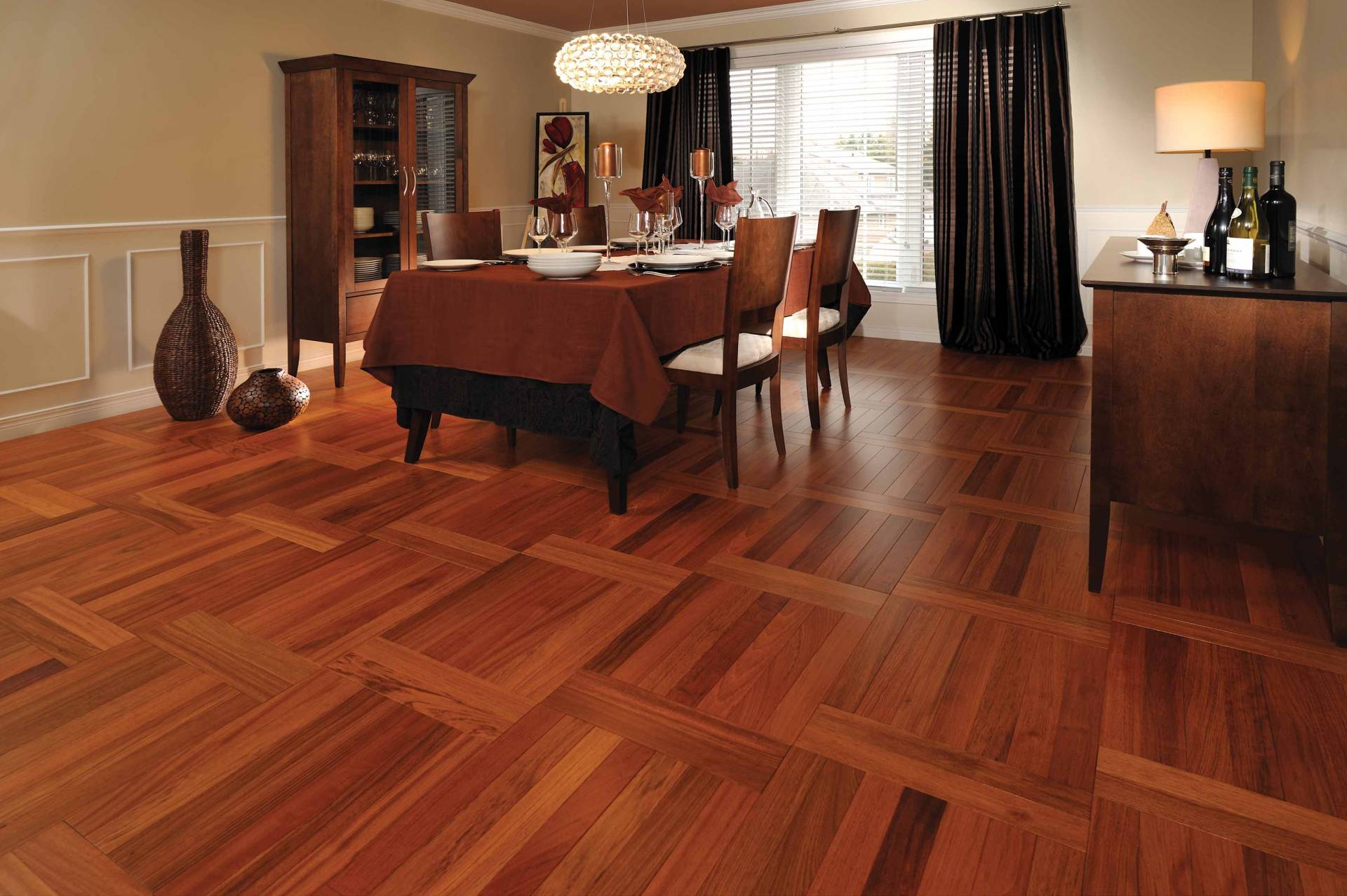
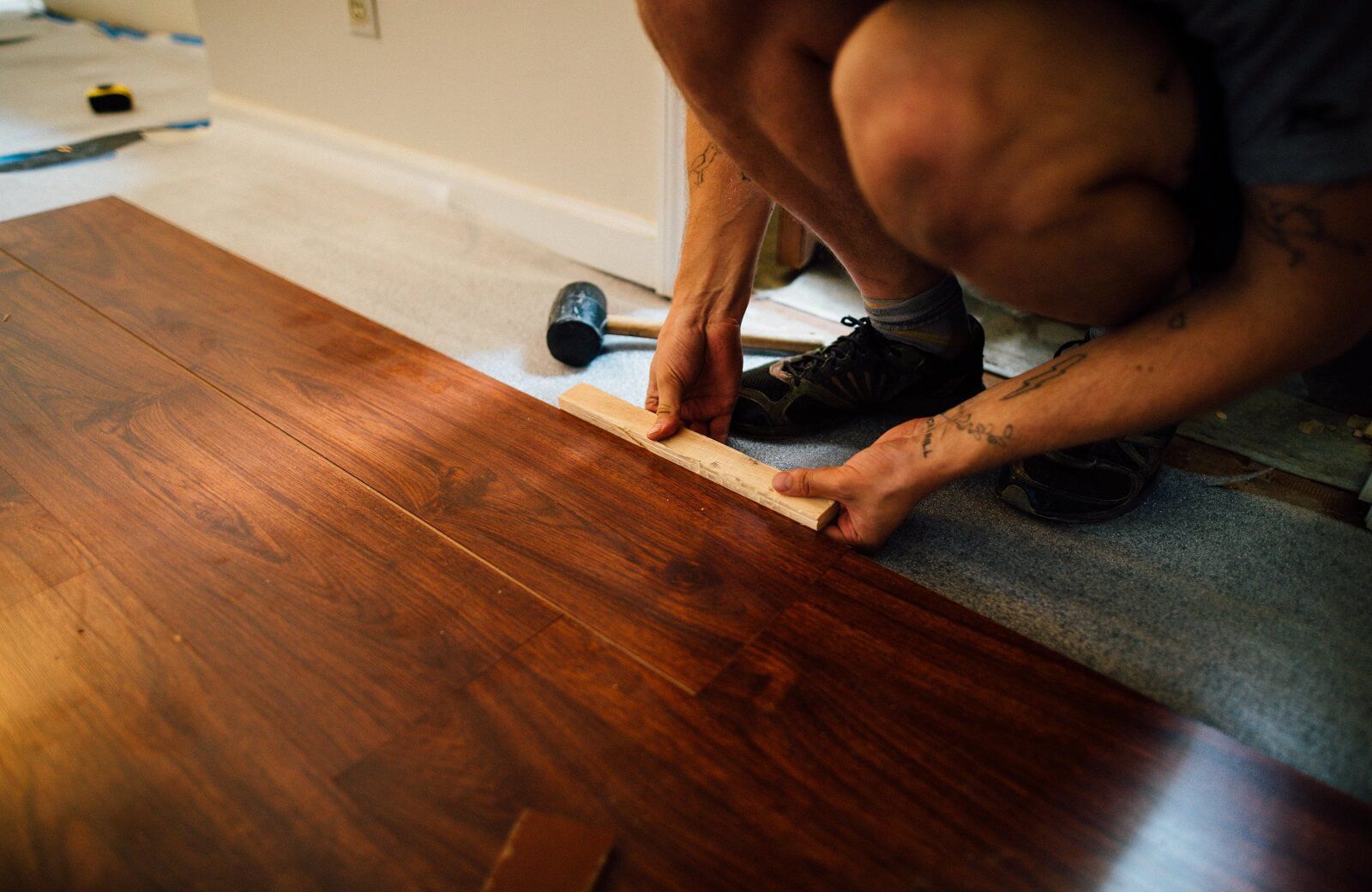

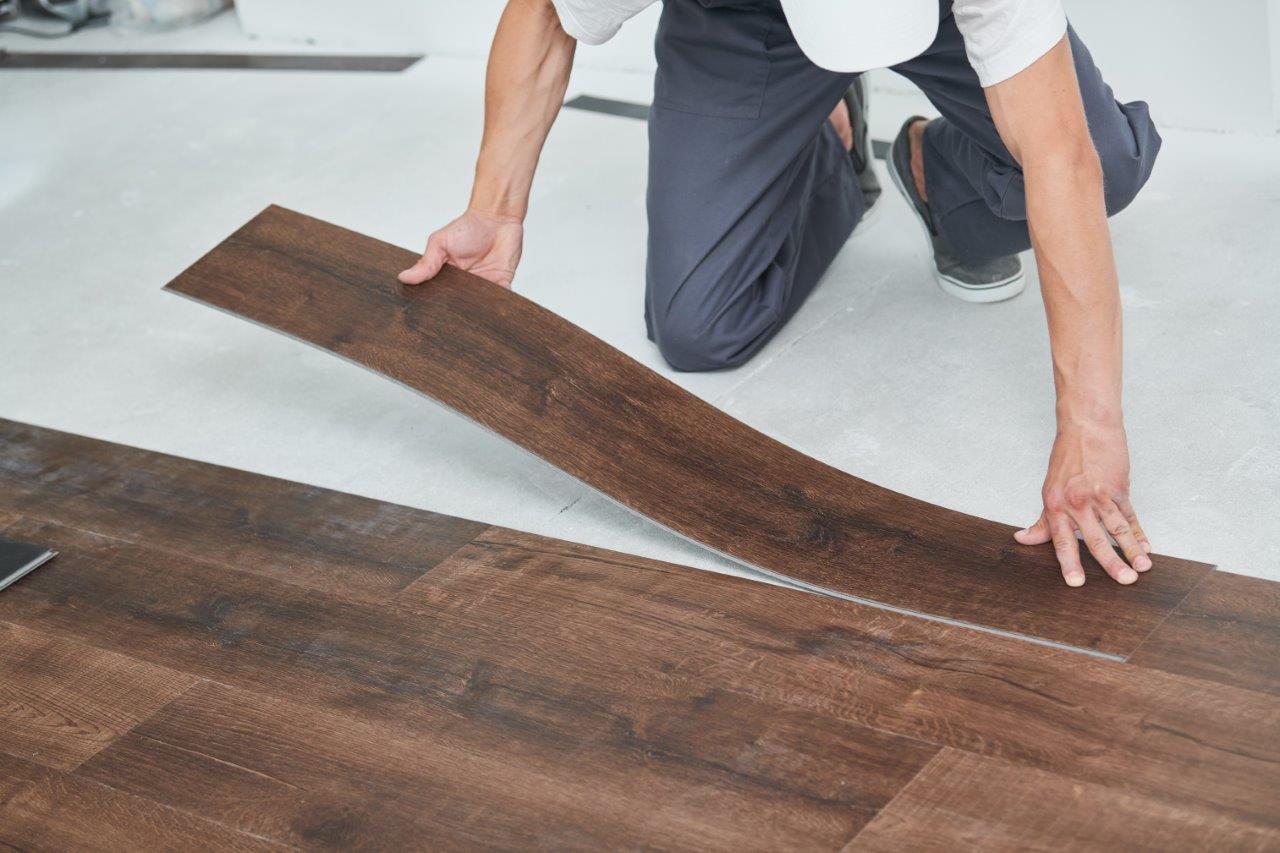
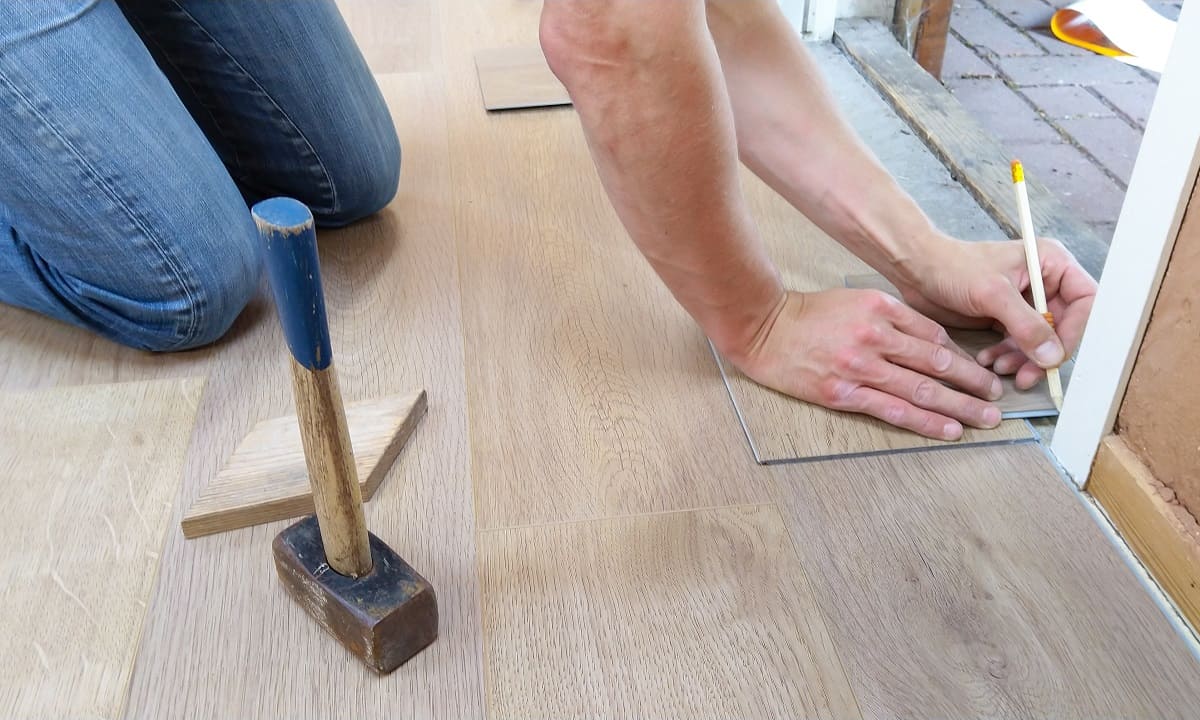
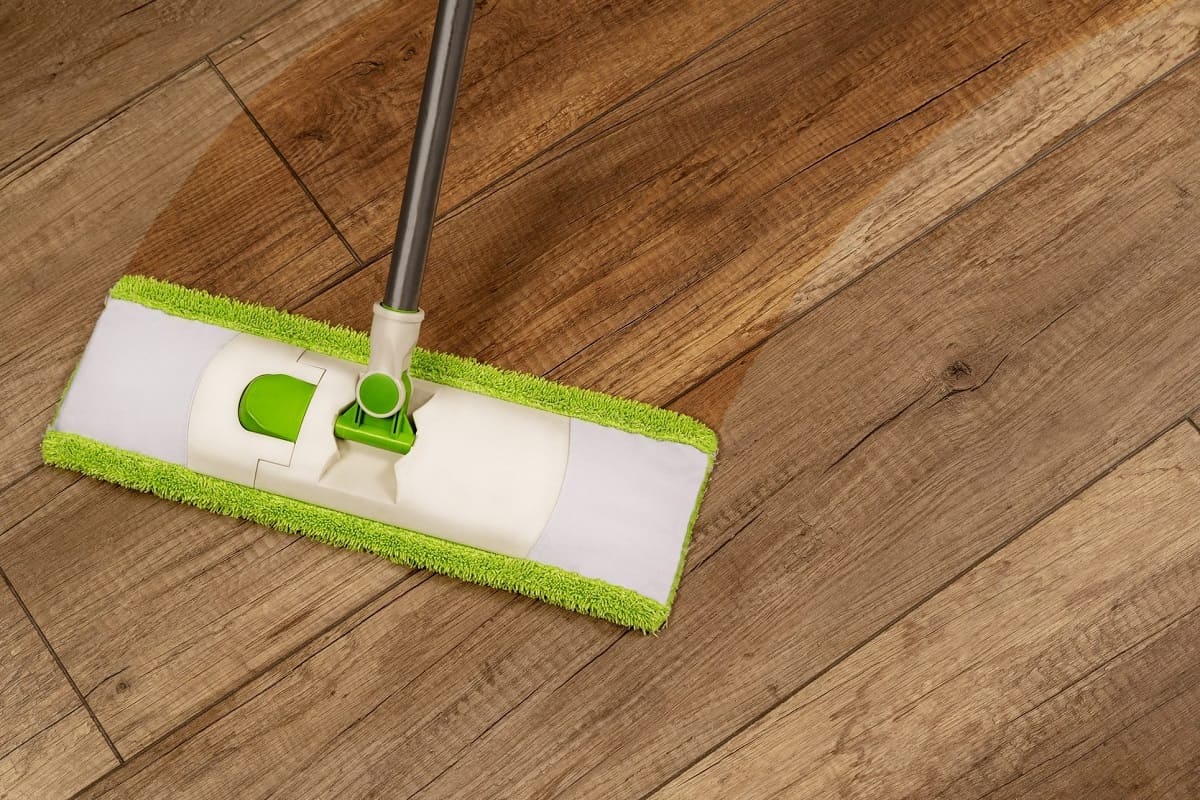
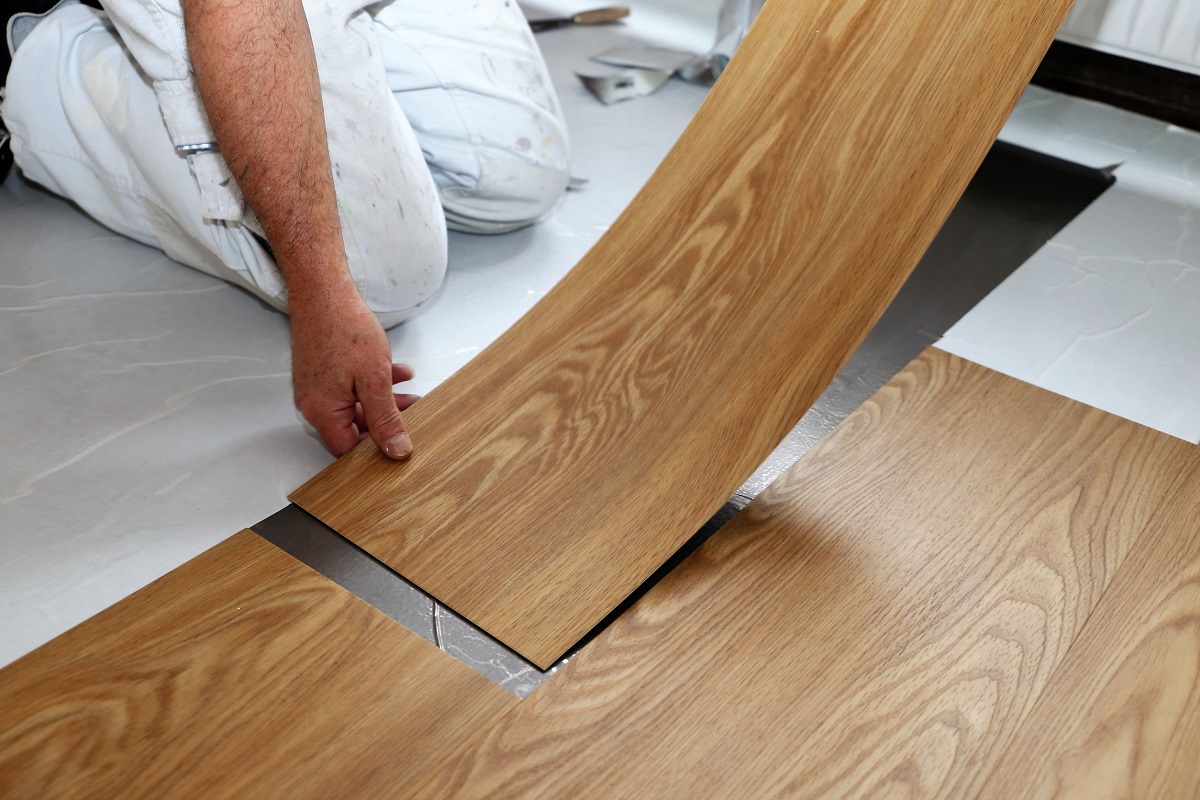
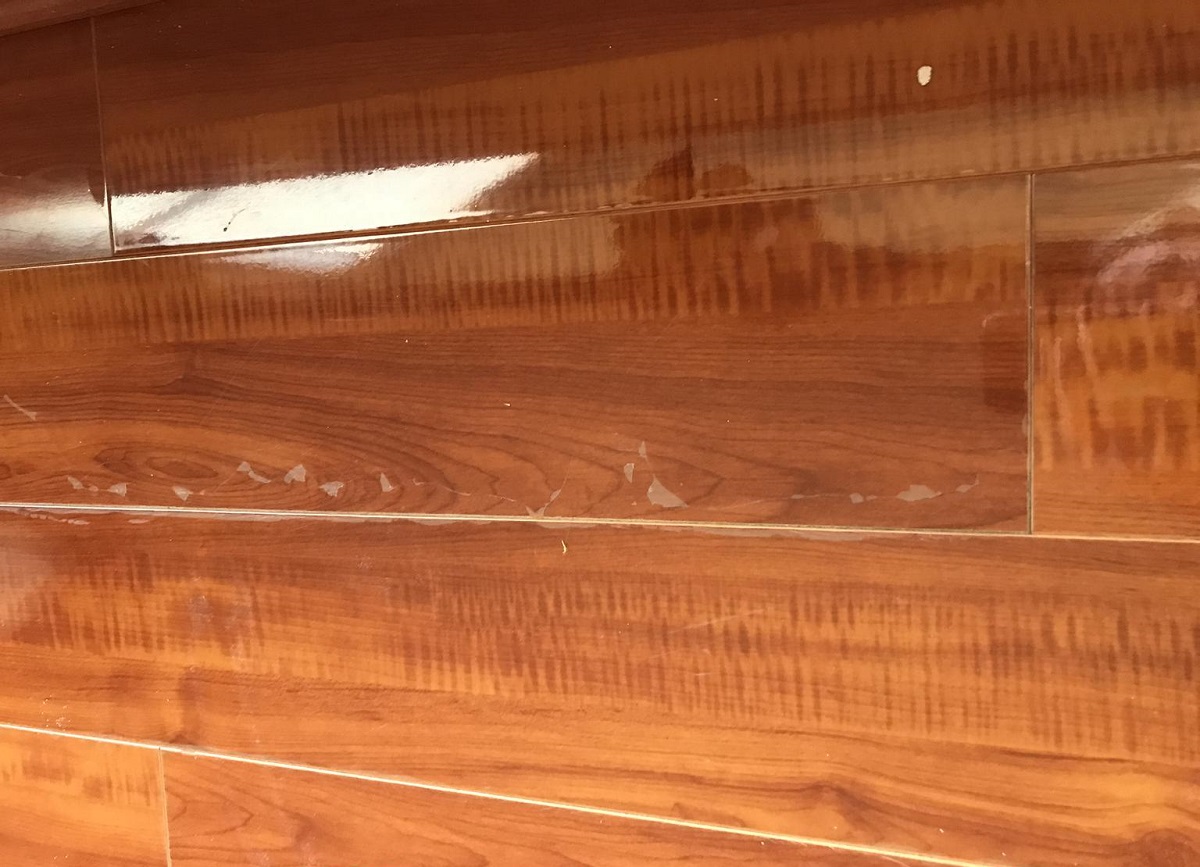
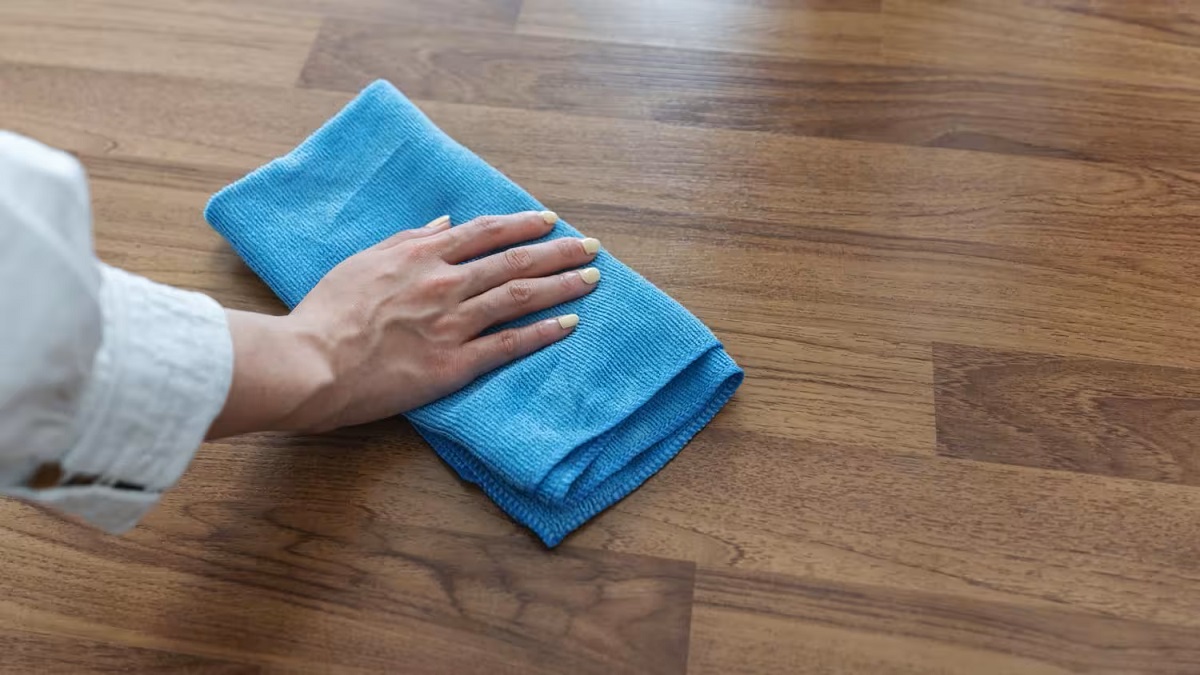
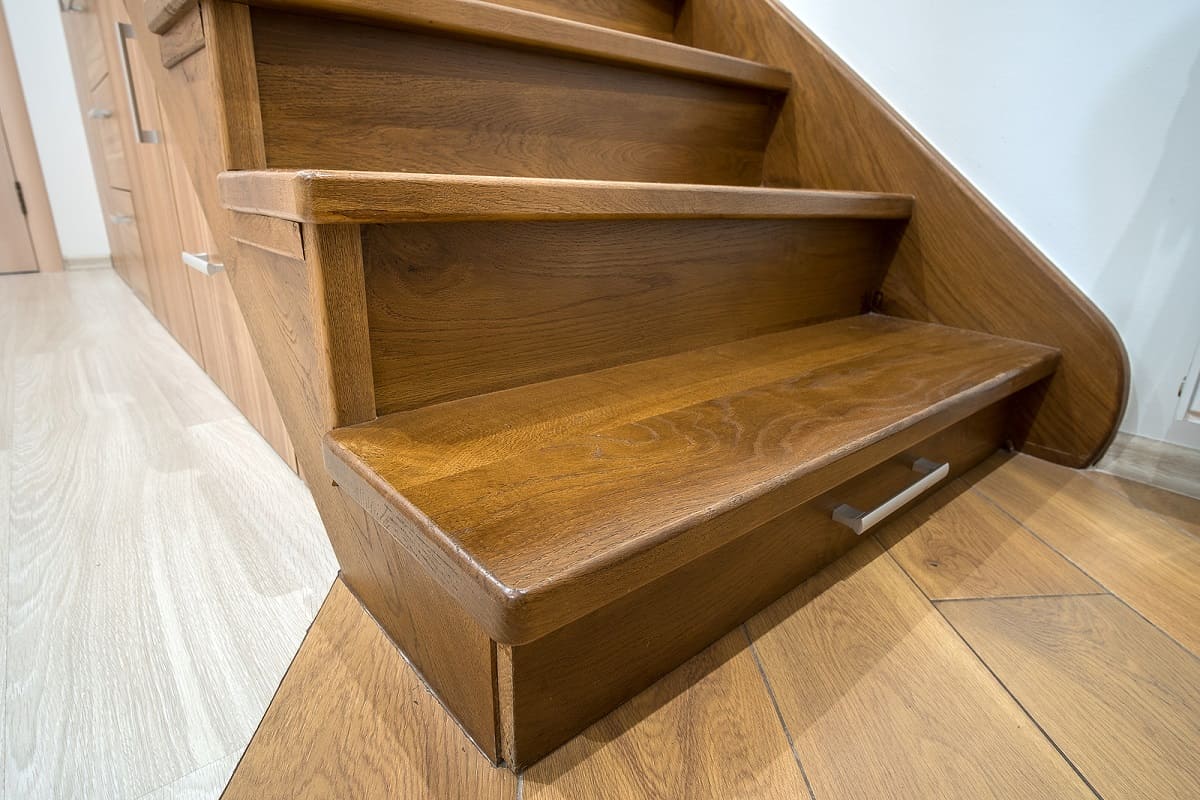


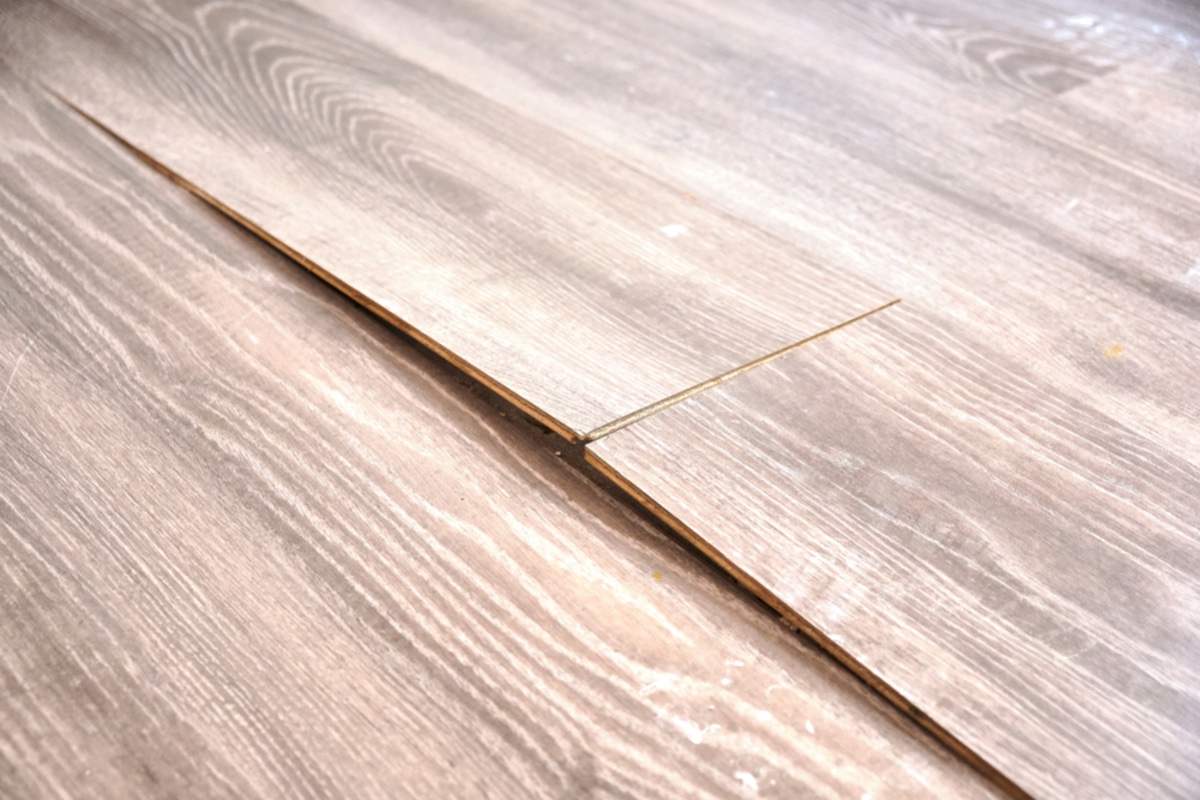

0 thoughts on “What Is A Laminate Floor”